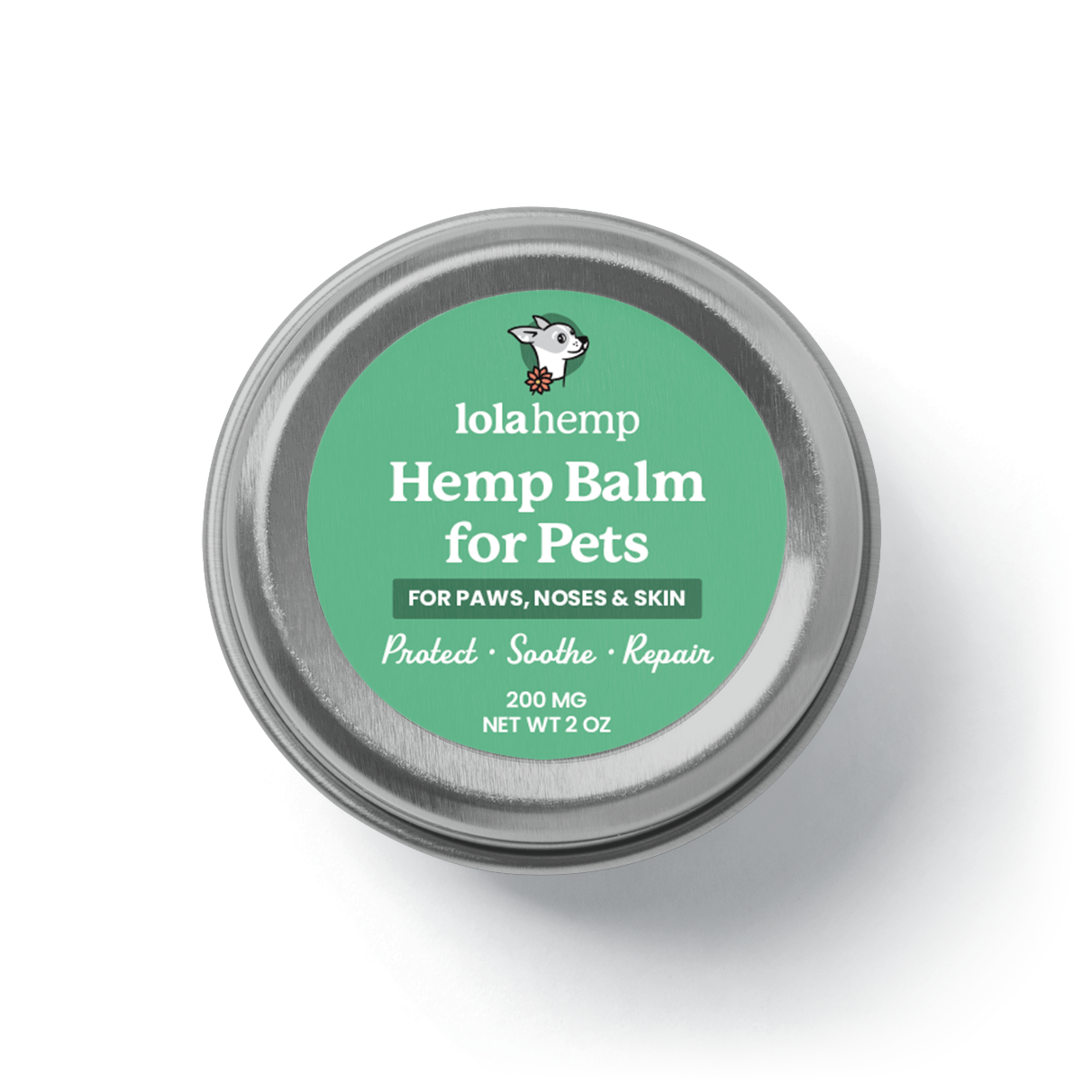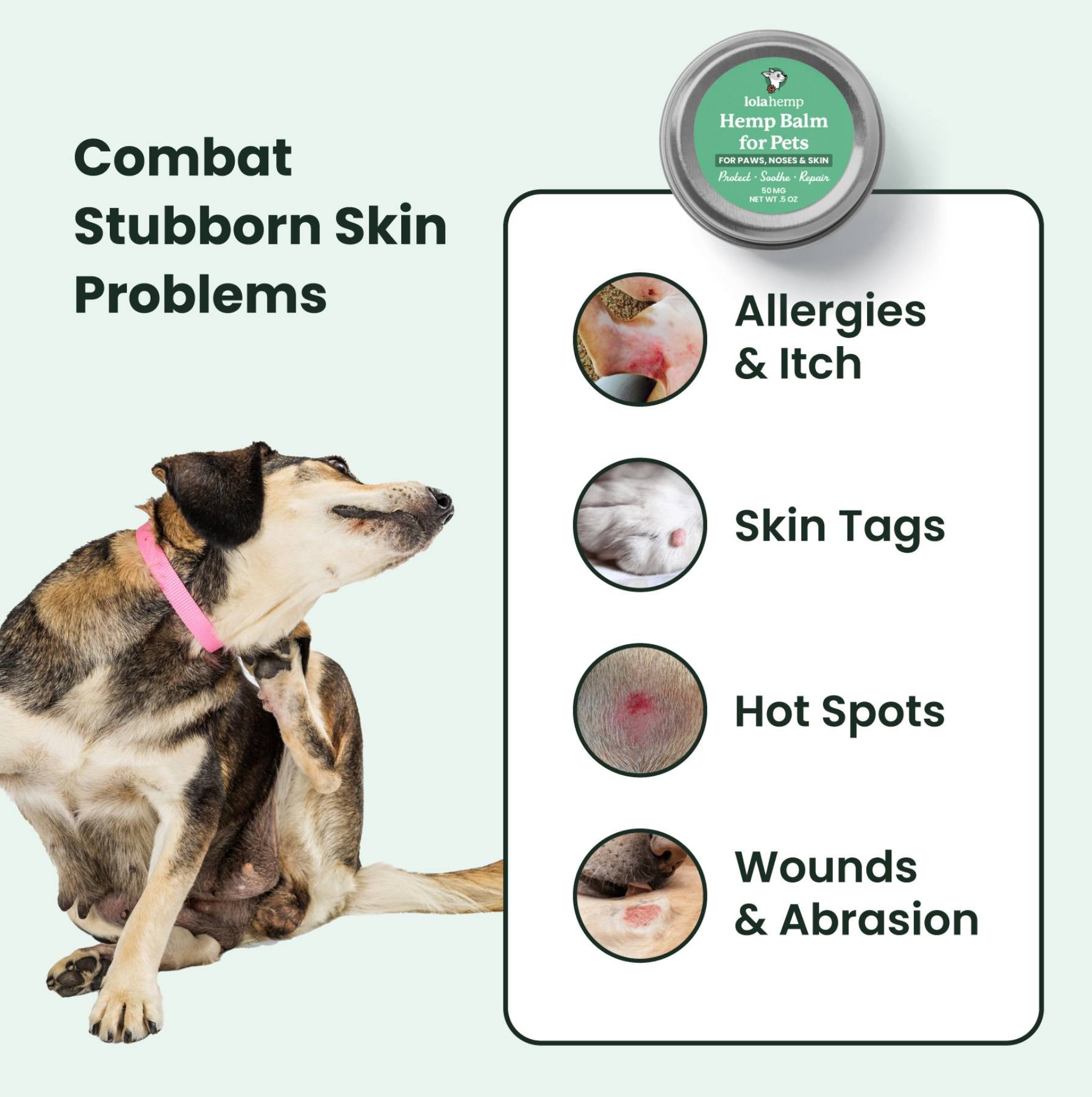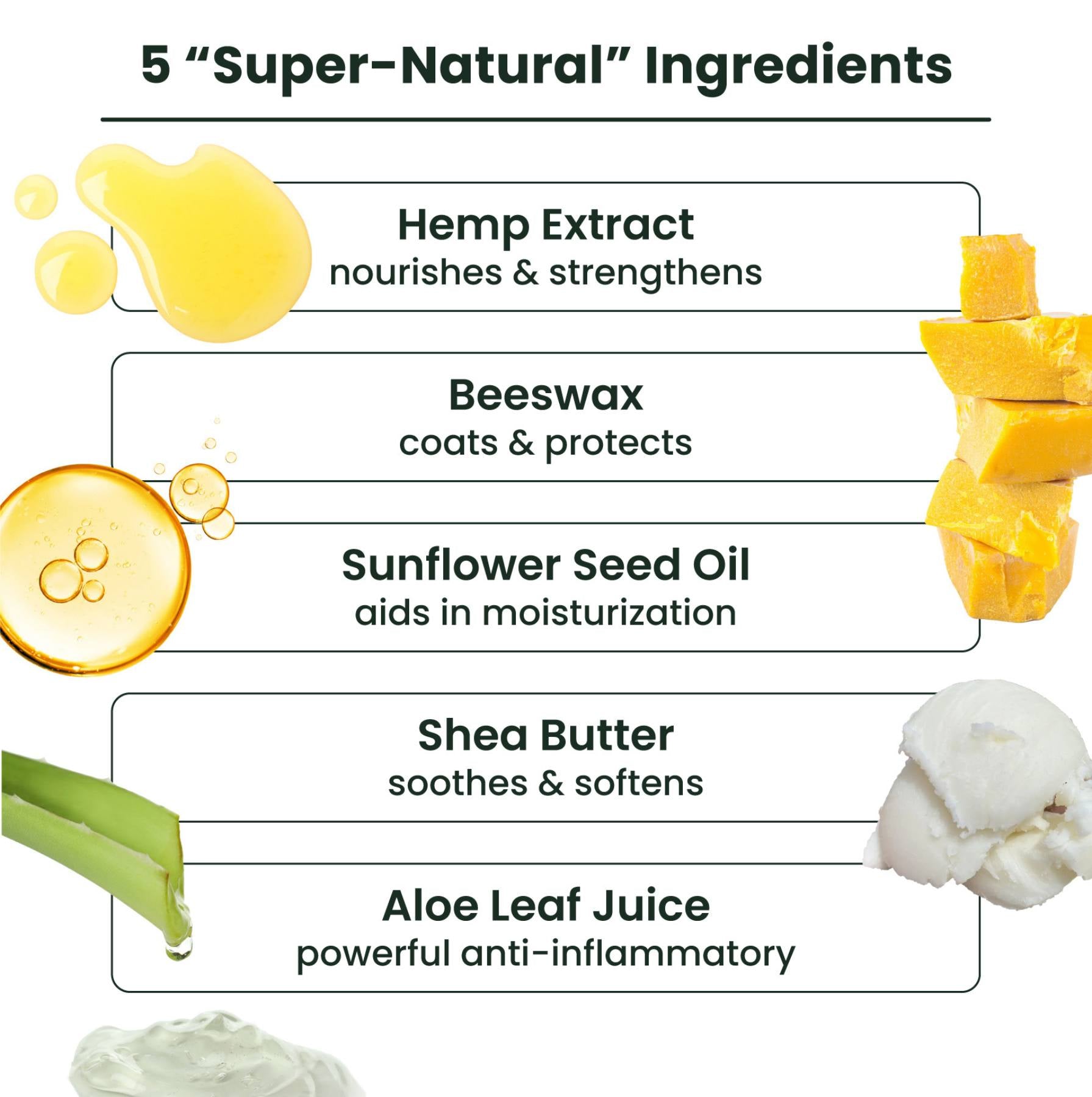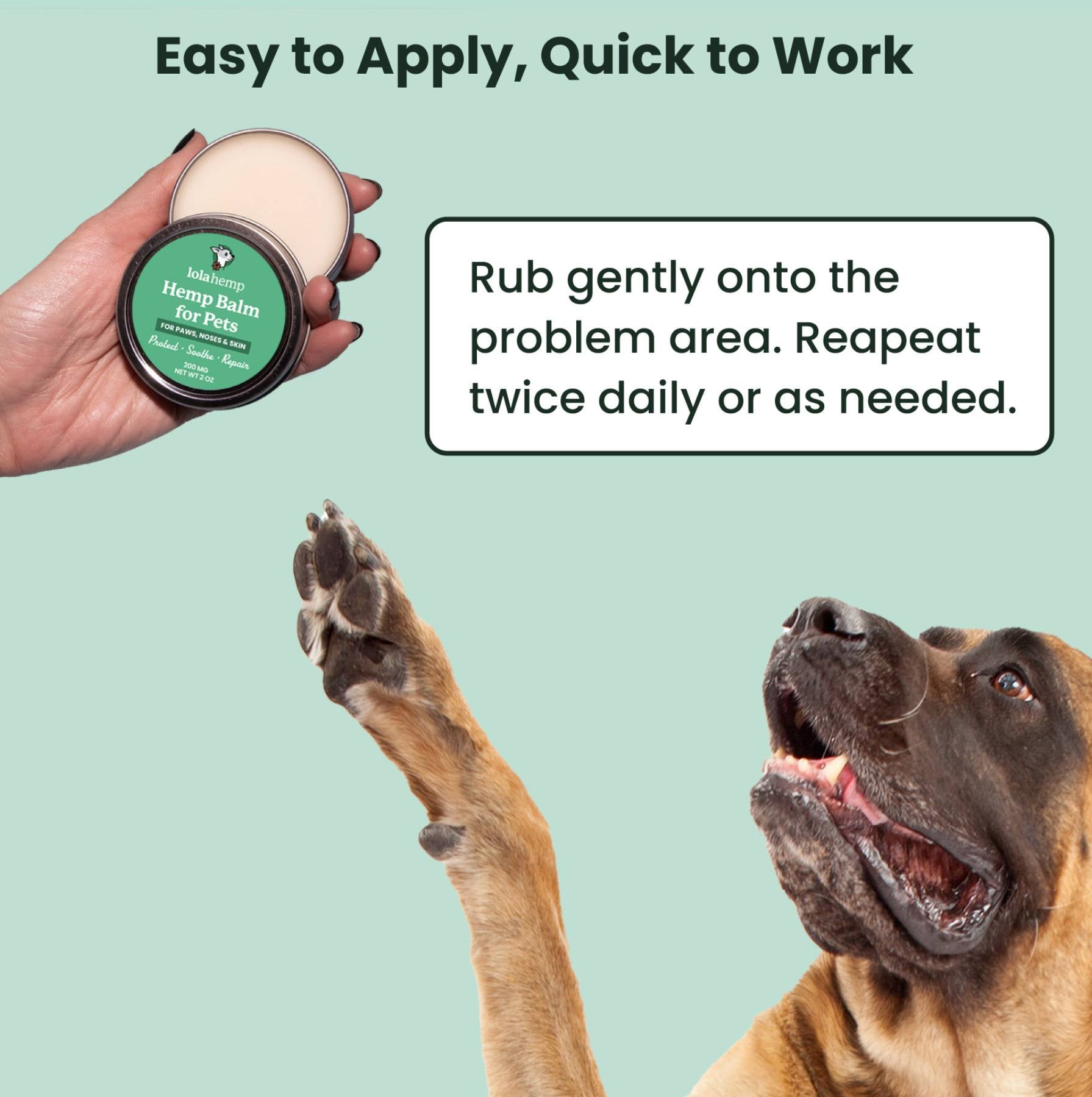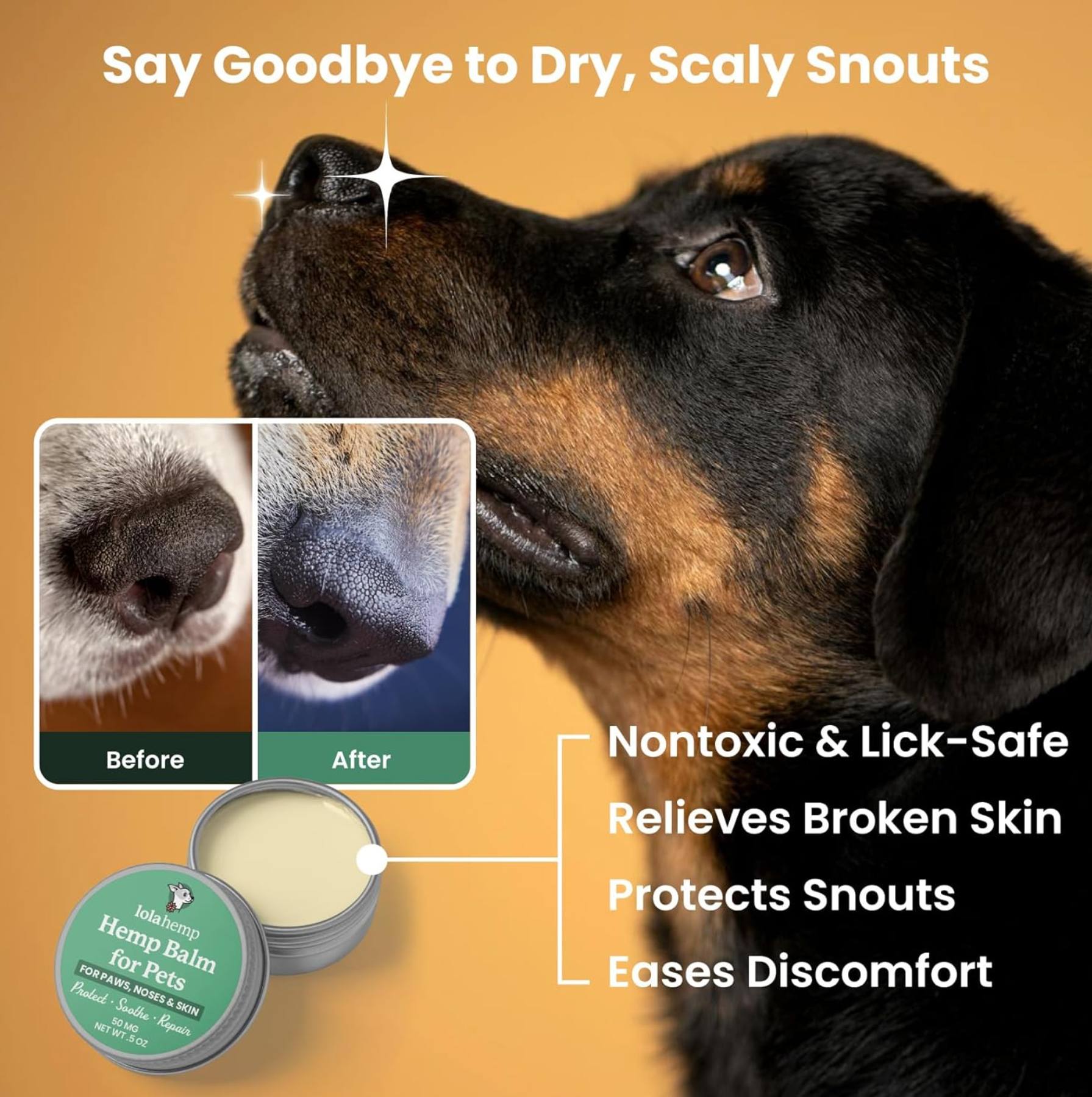It's always a little cause for concern when your dog starts overgrooming. It's one thing if they spend a little extra time licking their leg; you can usually write that off as something normal.
When the behavior continues for longer periods of time, and your dog starts to repeat excessive grooming patterns, though, that's usually a sign that something deeper is at play. It's not necessarily a major issue, but it's something that should be addressed before it turns into one.
Excessive grooming can lead to open sores, secondary infections, and more. One thing leads to another if your dog's unusual behavior goes uncared for. So, let's take a look at the causes of excessive grooming in dogs and what you can do about it.
- What Constitutes "Excessive Grooming"?
- What Causes Excessive Grooming in Dogs?
- Conclusion
- Frequently Asked Questions About Excessive Grooming in Dogs
- 1. What is considered excessive grooming in dogs?
- 2. What causes dogs to overgroom?
- 3. How can I tell if my dog’s grooming is allergy-related?
- 4. Can overgrooming be caused by stress?
- 5. What should I do if my dog has sores from grooming?
- 6. How can I help my dog stop overgrooming?
- 7. When should I see a vet about overgrooming?
What Constitutes "Excessive Grooming"?
It can be tricky to tell when grooming is going too far, and it's easy to lean on wishful thinking to tell us that everything is okay.
The key thing to keep in mind is that dogs groom themselves all over, and it's essential for them to do so. A healthy dog will lick or groom multiple areas of their body throughout the day, but they won't usually spend time on the same area repeatedly.
If your dog is spending enough time on the same area for you to clock it as unusual, that's a sign that you should take notice.
Here are some key signs that your dog is overgrooming:
- Repetitive, prolonged licking or chewing on a single area
- Grooming is interrupting normal activities (play, eating)
- Sudden jolts to groom, almost as if they'd been bitten by an insect
- Visible signs such as lost hair, red patches, or thickened skin
- Reliance on grooming as a coping mechanism without visible benefit
What Causes Excessive Grooming in Dogs?
Dogs are very complex, and changes to grooming can come from both physical and emotional changes. We'll look at three of the most common causes of this behavior, and you can troubleshoot solutions to see if they resolve the issue.
If you're struggling to find a solution to your dog's excessive grooming, or your dog has started to develop hot spots or sores, see your veterinarian right away. Any instance where the skin has broken is cause for serious concern and should be addressed by a professional immediately.
1. Allergies, Irritants, Insects (Topical Issues)
Dogs are vulnerable to allergies, and their low bodies and love of foliage make them prime candidates for irritation or parasites. Both can cause itchiness, and the only thing they know to do is groom the area.
Signs your dog's issues are topical include:
- Paws, belly, ears, armpits, or skin folds are the target areas.
- Redness and rash are visible early on.
- Head shaking and hyper fixation on the ears.
- Predictable outbreaks that appear seasonally.
Potential Solutions for Your Dog's Irritation
- Identify the trigger. Track your dog’s symptoms and environment to spot possible irritants.
- Wipe your dog down after walks. Focus on paws, coat, and face to remove allergens or chemicals.
- Keep up on flea & tick medications. Regular prevention can stop flare-ups caused by bites.
- Try a hypoallergenic food. Food allergies can be the source; revert to old food if a new diet started the issue.
- Support immune balance. Daily immune supplements can help the body regulate allergic responses.
Lastly, you can soothe irritation topically with a cream or balm. Lolahemp's CBD Balm for dogs helps calm skin and reduce grooming urges.
2. Pain or Invisible Health Issues (Often Arthritis)
Dogs sometimes groom an area with internal pain—especially joints—trying to soothe discomfort. This could signal arthritis, injury, or deeper issues requiring veterinary attention.
It's important to use a topical soothing solution while treating the underlying cause. If left to lick or chew, dogs risk developing infections. Protective cones or booties can also help prevent self-injury.
Potential Solutions to Your Dog's Internal Discomfort
- Visit your veterinarian. Determine whether pain stems from arthritis, injury, or internal issues.
- Start a hip & joint support plan. Use supplements designed for long-term mobility and comfort. Lolahemp offers various options.
- Monitor even if symptoms fade. Pain can return; continue checking the affected area.
3. Anxiety and Stress
Dogs under stress often resort to repetitive behaviors like licking or chewing as a coping mechanism. Emotional triggers can lead to grooming without any visible irritation.
Signs of anxiety-driven grooming include:
- Occurs during stressful events (fireworks, being left alone)
- No visible rash or physical trigger
- Other anxious behaviors like pacing or whining
- Worsens with changes in routine or environment
Potential Solutions for Your Dog's Stress & Anxiety
- Identify stressors. Adjust noise, isolation time, or environment.
- Provide calming outlets. Enrichment toys and consistent routines help redirect energy.
- Use natural calming support. Ingredients like chamomile, L-theanine, and full-spectrum hemp can support emotional balance. Lolahemp’s calming chews and oils can help.
- Offer comfort. Be present, use thunder shirts, or provide soothing music during stressful times.
Conclusion
Overgrooming in dogs can be concerning, but it’s often manageable. Short-term increases aren’t usually serious, but grooming that lasts more than a couple of days warrants attention.
Find the root cause—whether it’s allergies, pain, or stress—and address it with your veterinarian’s help. For topical and immune support, explore Lolahemp's options while you and your vet work toward a solution.
Frequently Asked Questions About Excessive Grooming in Dogs
1. What is considered excessive grooming in dogs?
Excessive grooming is when a dog repeatedly licks or chews one area to the point of redness, hair loss, or skin thickening, disrupting their normal activities.
2. What causes dogs to overgroom?
Common causes include allergies, pain, or anxiety. Identifying which factor applies to your dog helps determine the right treatment path.
3. How can I tell if my dog’s grooming is allergy-related?
Allergic dogs often focus on paws, belly, or ears, with redness or rashes appearing early. Seasonal or predictable flare-ups also suggest allergies.
4. Can overgrooming be caused by stress?
Yes. Dogs may lick or chew excessively when anxious or stressed, especially during thunderstorms, separation, or changes in routine.
5. What should I do if my dog has sores from grooming?
Visit your veterinarian immediately if the skin has broken or sores have developed. Infections can spread quickly and require treatment.
6. How can I help my dog stop overgrooming?
Address the cause, soothe the skin with balms, use vet-approved barriers like cones, and incorporate calming supplements or environmental adjustments.
7. When should I see a vet about overgrooming?
If grooming persists beyond two days, causes visible irritation, or your dog seems in pain or distress, consult your veterinarian promptly.

